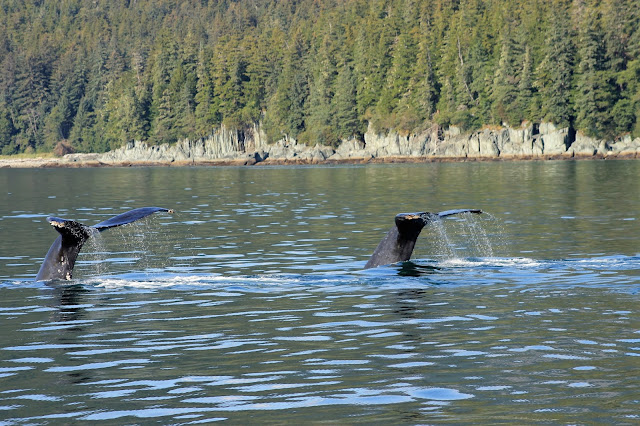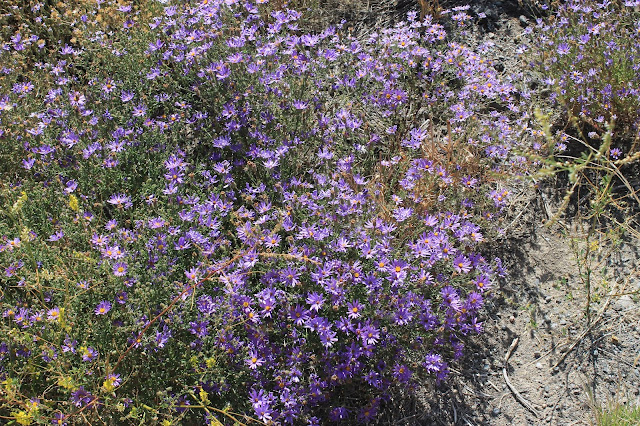We were always able to get diesel fuel, although sometimes it was quite pricey. Several times we paid $4.85 per gallon of fuel while in Canada. In total we purchased 1015 gallons of diesel at a total of $3024.23 for the trip.
We traveled through 15 states and 3 Canadian provinces and 1 territory. We also were able to visit some national parks including, Teddy Roosevelt NP, Denali NP, Kenai Fjords NP, Wrangell-St. Elias NP, Yellowstone NP, and Great Sand Dunes NP. There are 61 National Parks in the United States. We have now visited 42 of them.
Here are a few of our favorite memories.
Take care,
Kenny and RoxAnne




































